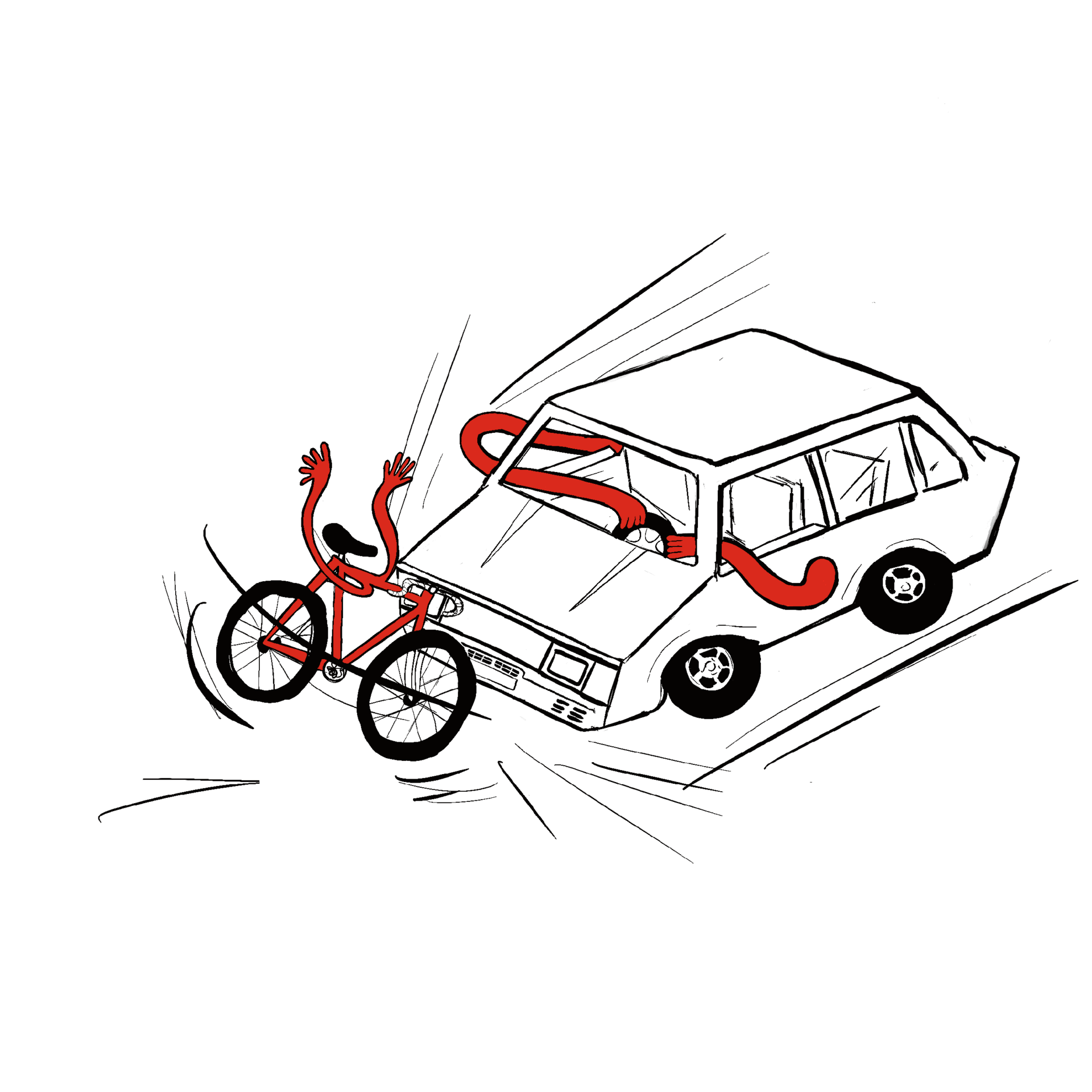
Why we should care about
traffic crash journalism
And call them "crashes", not accidents.
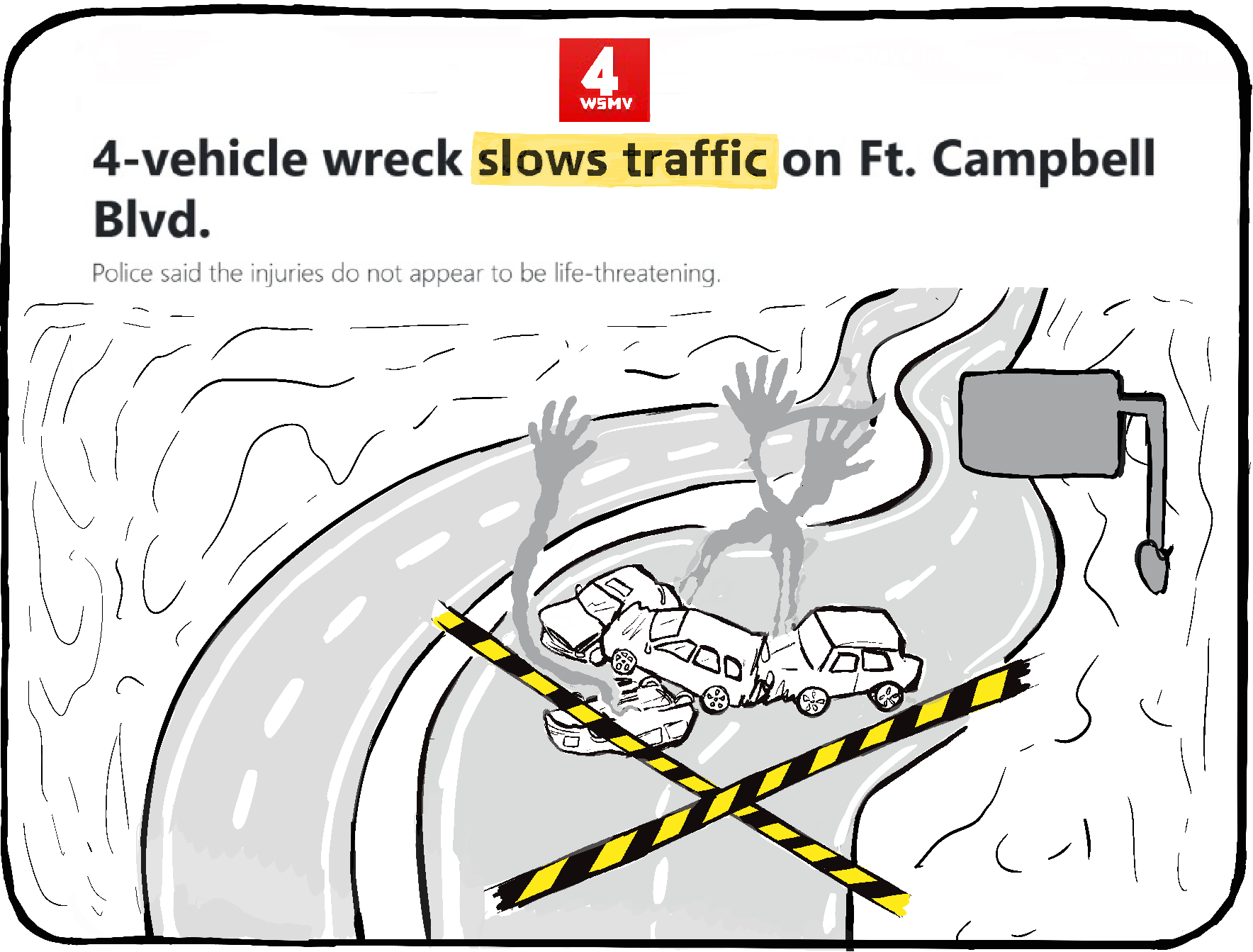
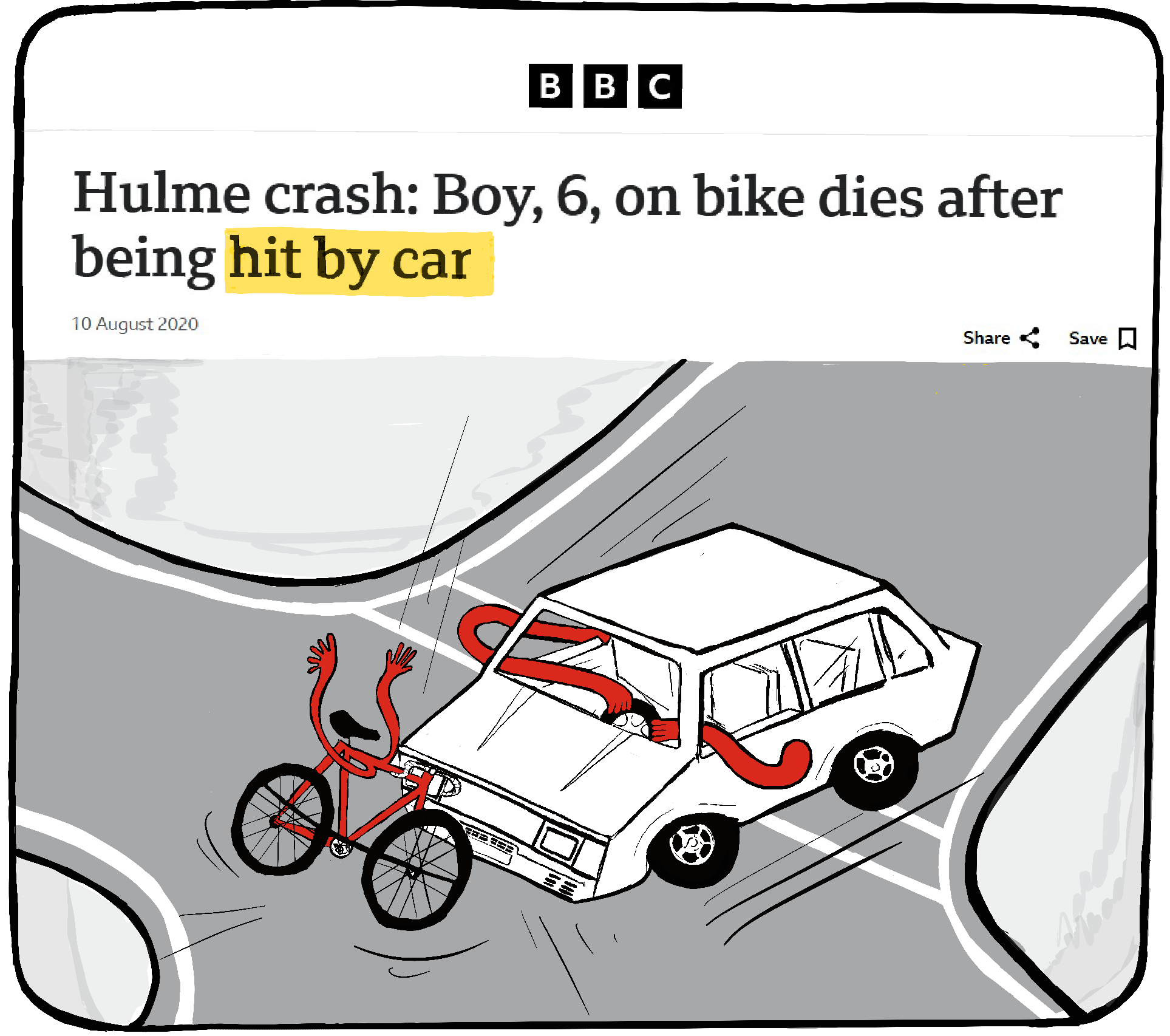
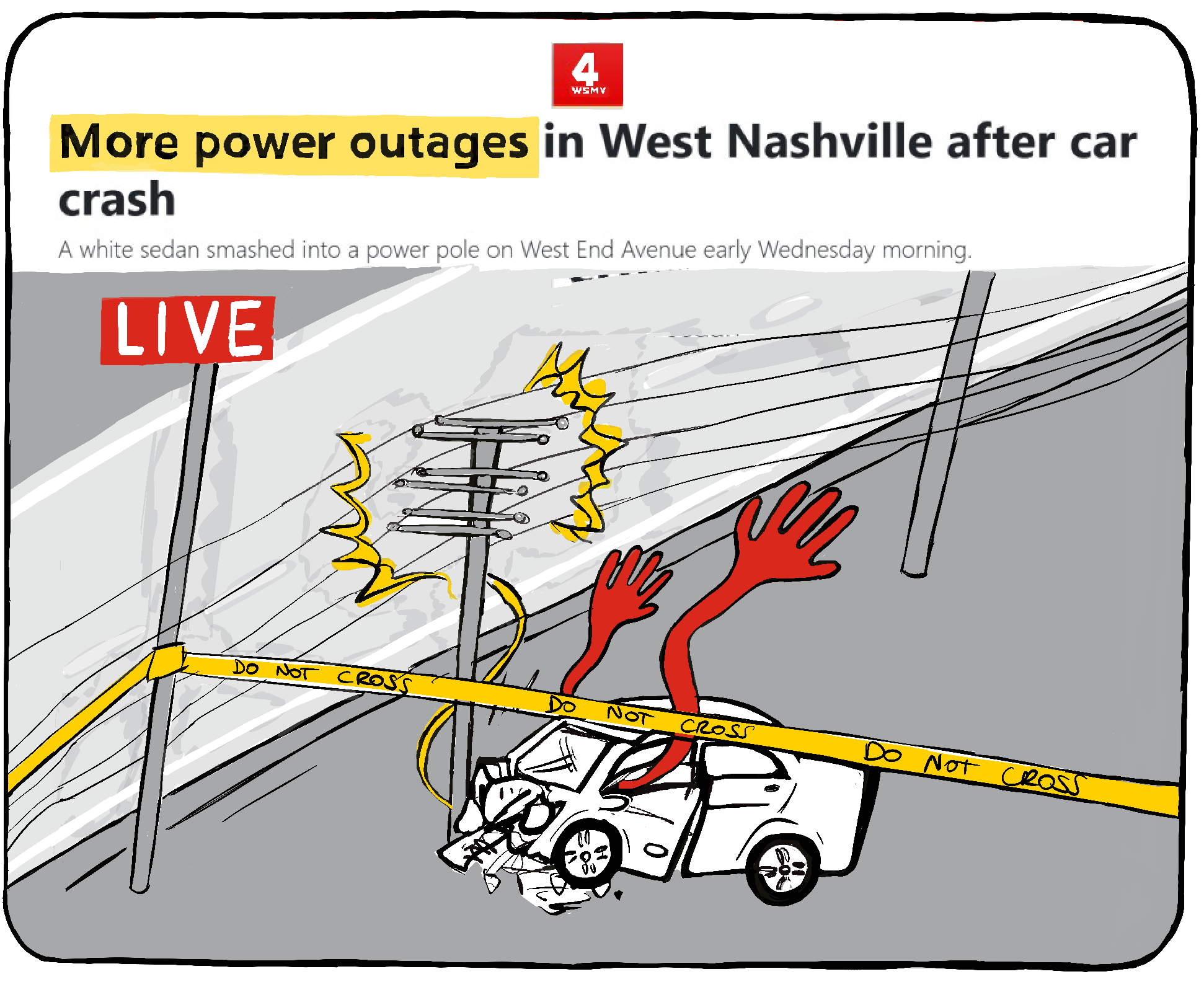
Same crash,
different story
We retrieved real traffic crash headlines from roaddanger.org to analyse how humanely headlines are written.
Here, the first headline is the original while the one on the right was rewritten by AI to be more humanising.
Original
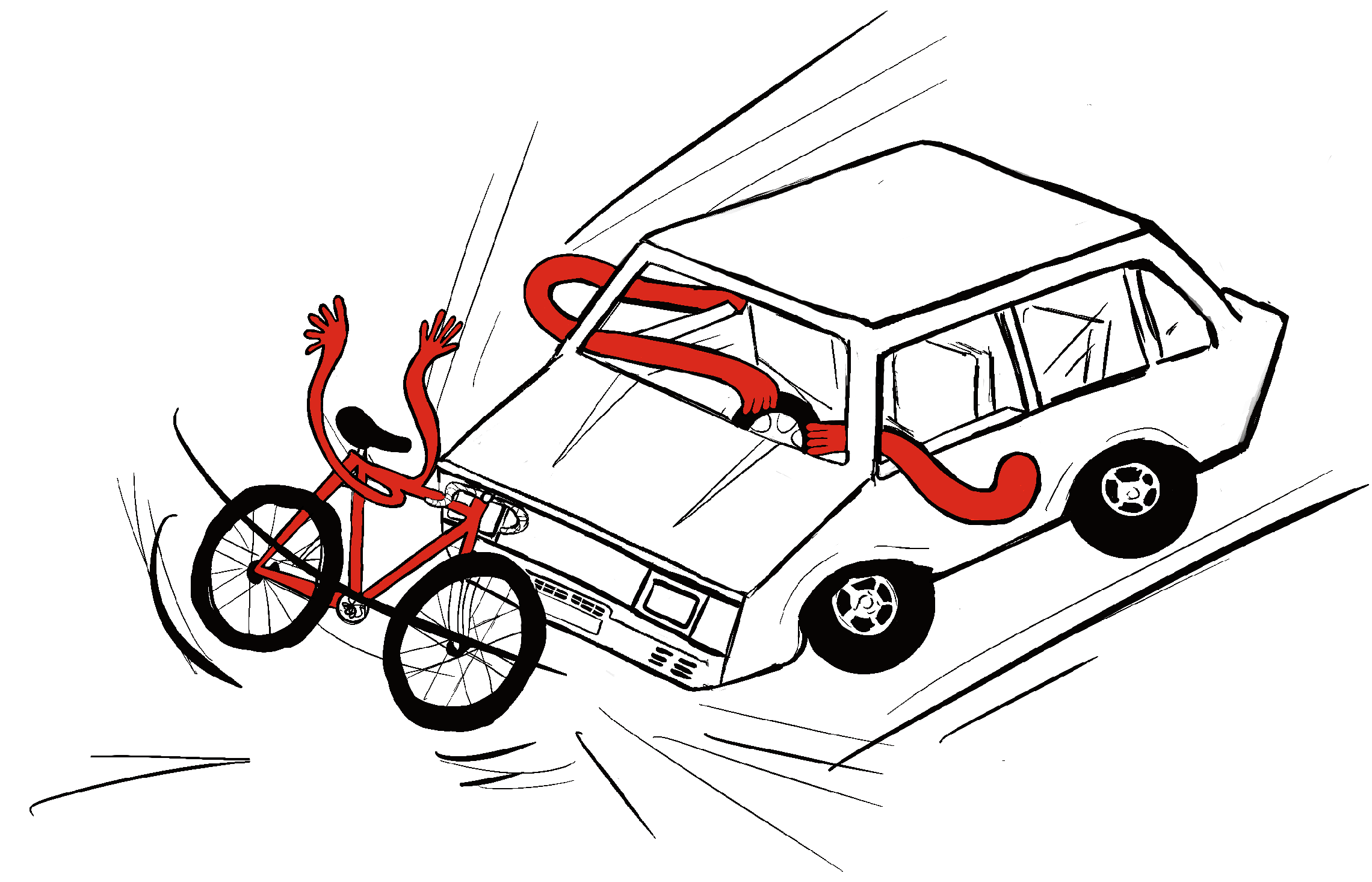
Hulme crash: Boy, 6, on bike dies after being hit by car
AI-rewritten
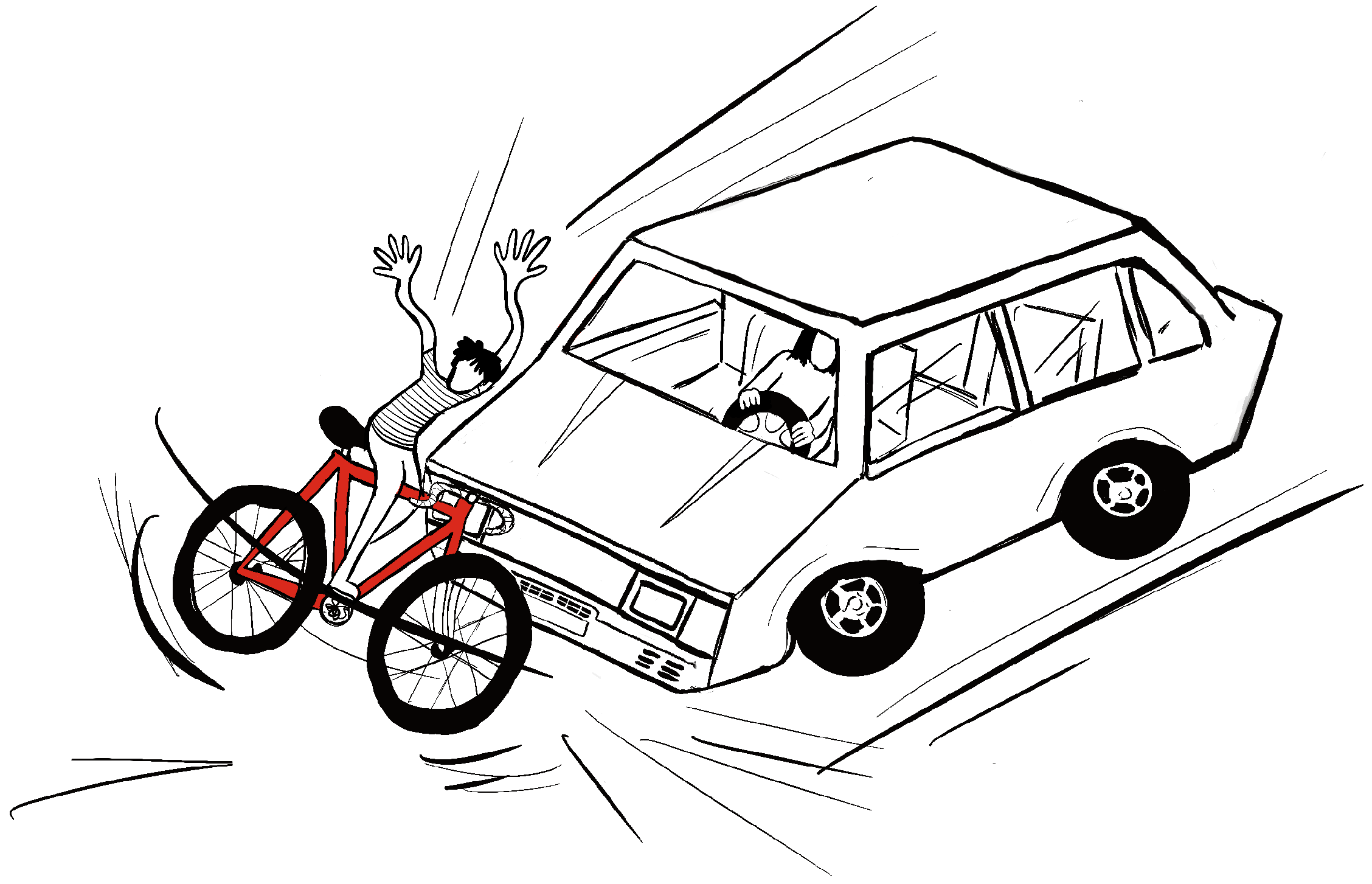
Driver of car strikes and kills 6-year-old boy riding bicycle
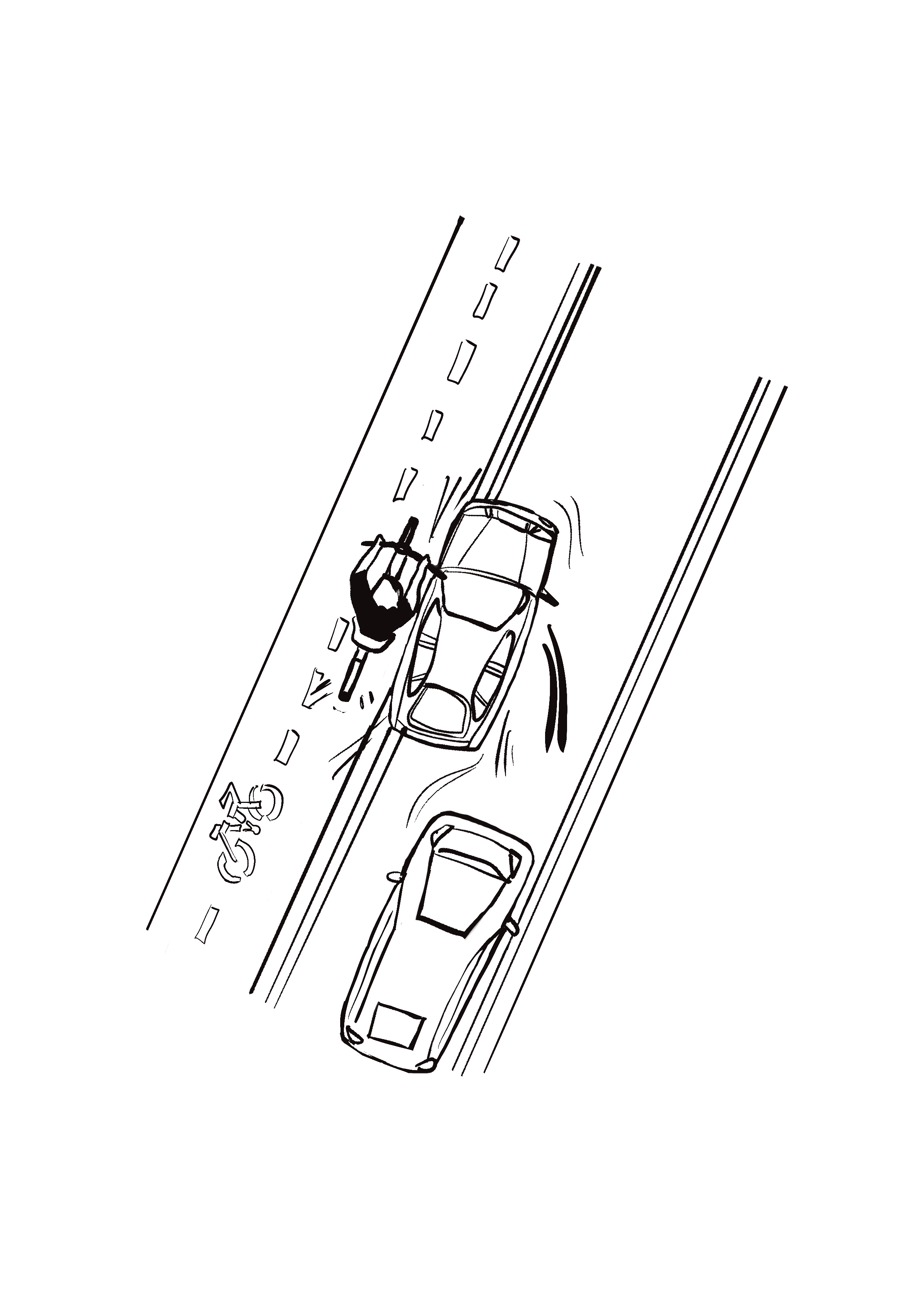
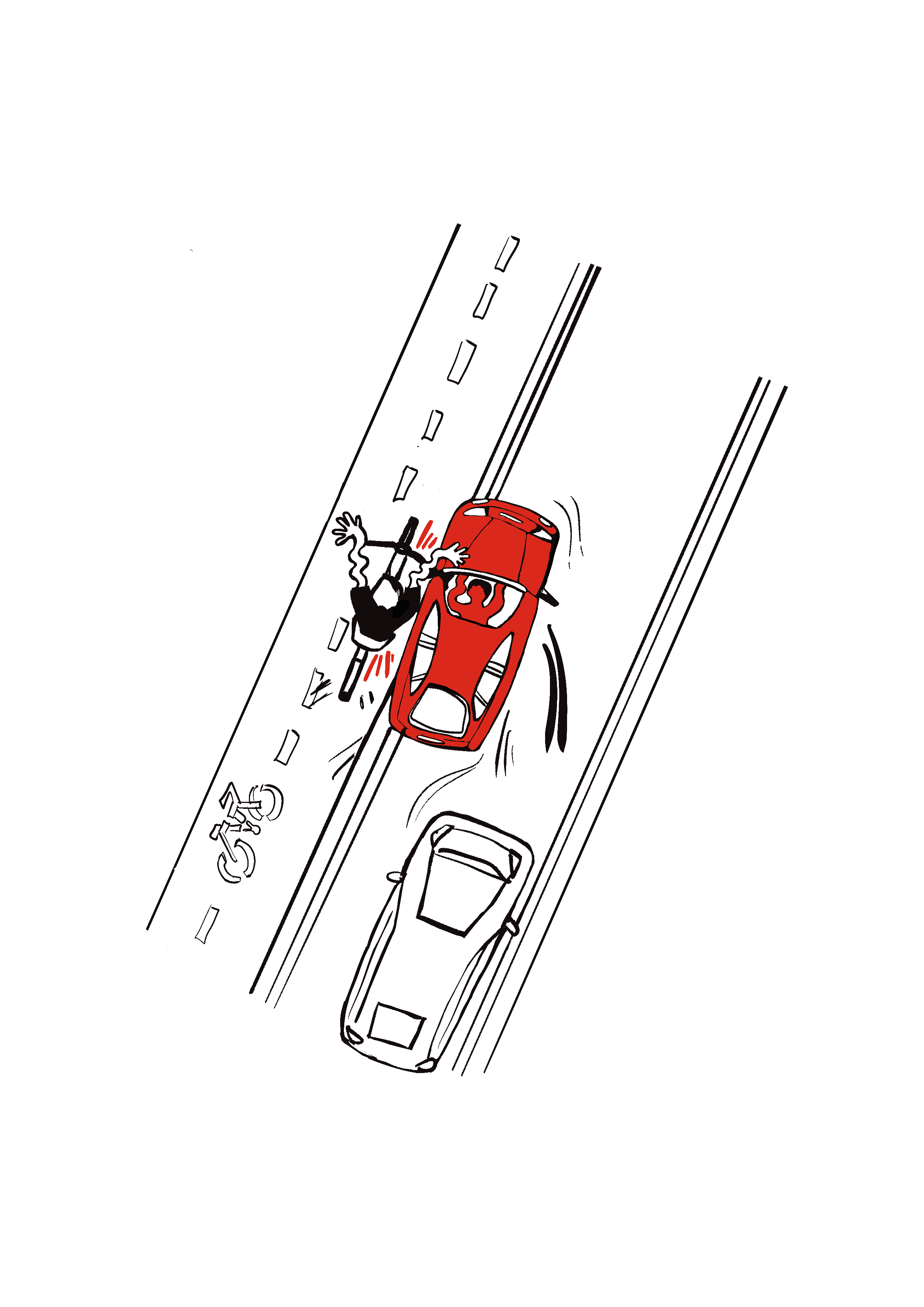
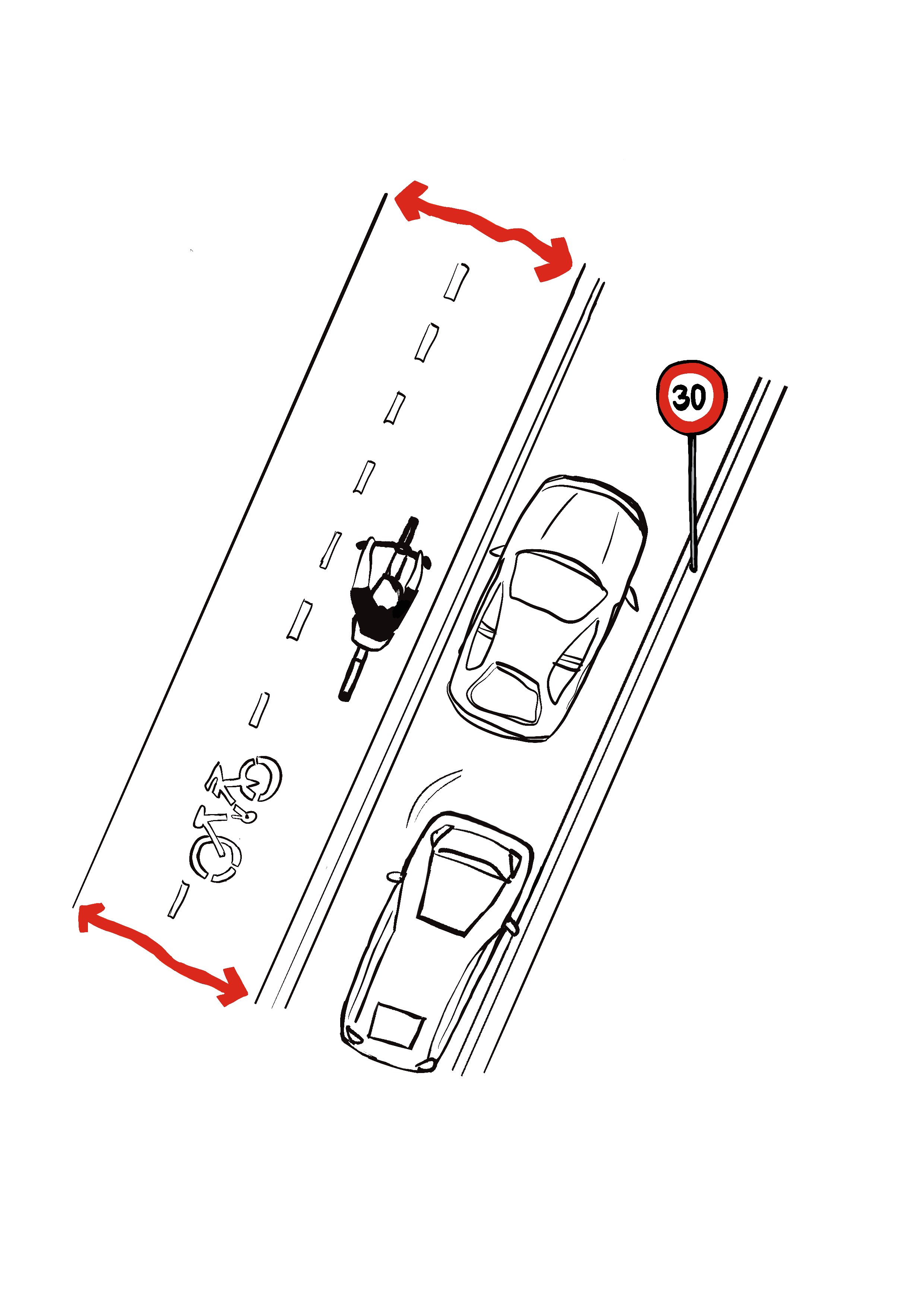
How We Talk About Crashes
The language we use to describe traffic crashes matters. It shapes our understanding of:
Whether we see crashes as inevitable or avoidable
Who we perceive is responsible
What solutions we consider possible
Traffic crashes are the leading cause of death for people aged 15-29 worldwide.
Yet, this topic receives far less attention than other causes of similar mortality...
Journalists cover crashes under pressure, but their stories reflect broader mobility norms, not just individual failings.
Let's explore the main patterns of media framing
The 5 Problematic Frames
or drag to see the next card
Circles sized by number
of casualties
Less casualties
More casualties
To explore these frames further, we analysed and plotted 538 recent crashes to see how they were reported.
Each bubble represents one crash, categorised by the type of crash,
crashes involving deaths and ones involving injuries
We analyzed these headlines using roaddanger.org's three-tier humanization test to see how humanized headlines for these crashes are.
Mentions all parties:
Does the headline mention all parties involved in the crash?
AND uses human terms:
Are the parties referred to as humans, not transportation modes?
AND uses active voice:
Does the headline describe the crash using active voice?
Explore Data
Select criteria to see which articles fulfil them
Headline criteria
Now it's your turn to explore the data.
Click on a dot to see the headline and whether or not it passes the criteria.
Tip: Try clicking "Humanize" on a dot to see how we would report the crash.
...or keep scrolling to finish the story.
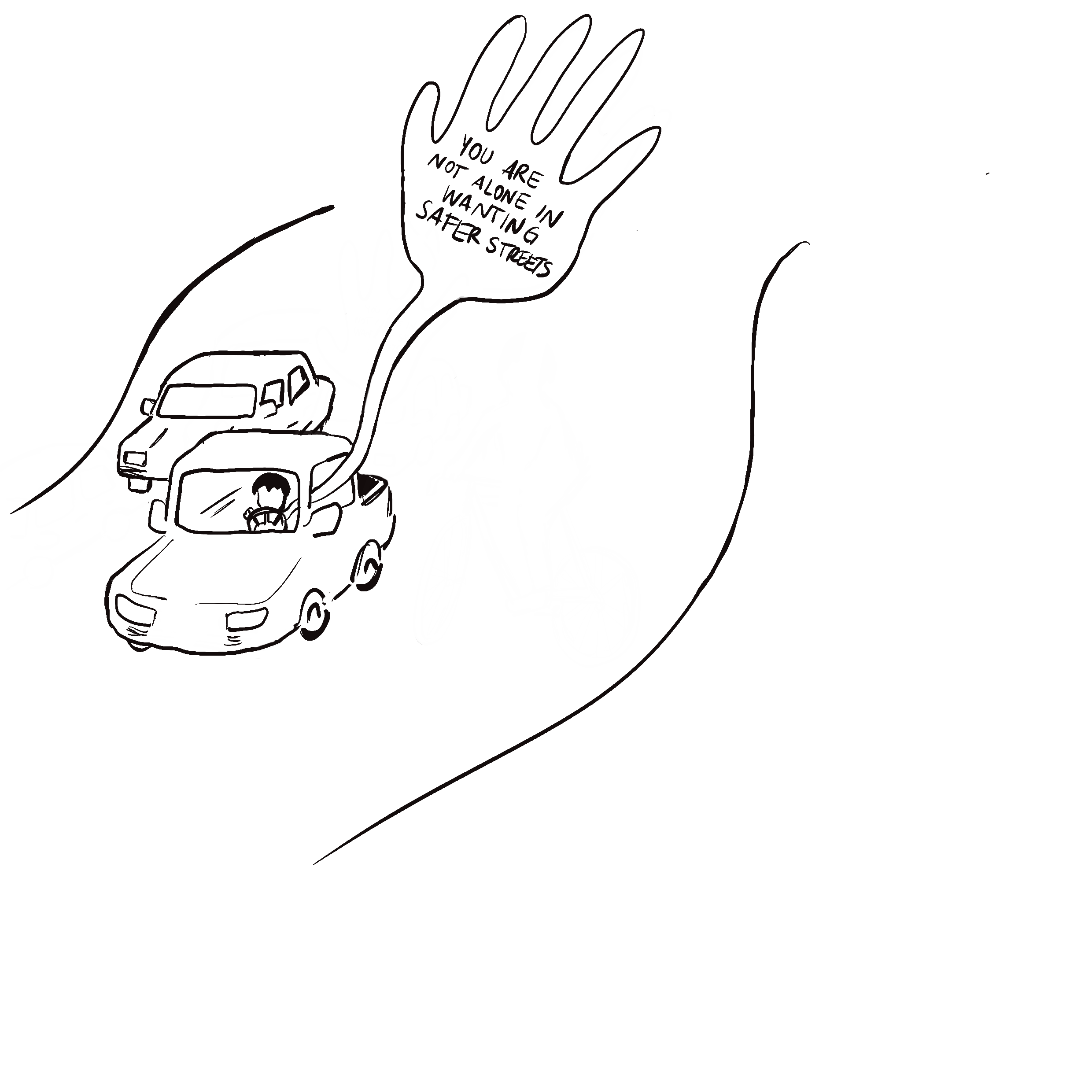
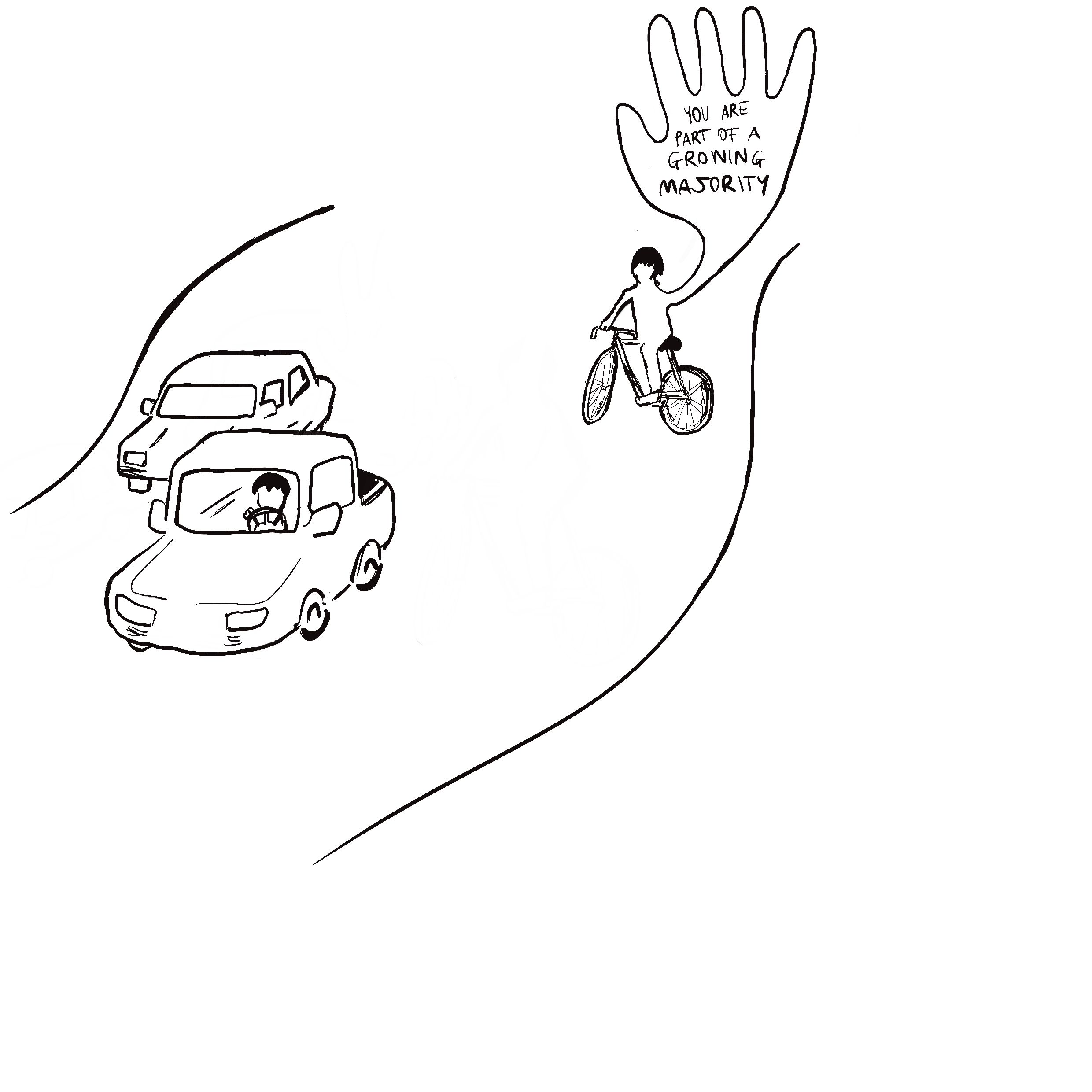


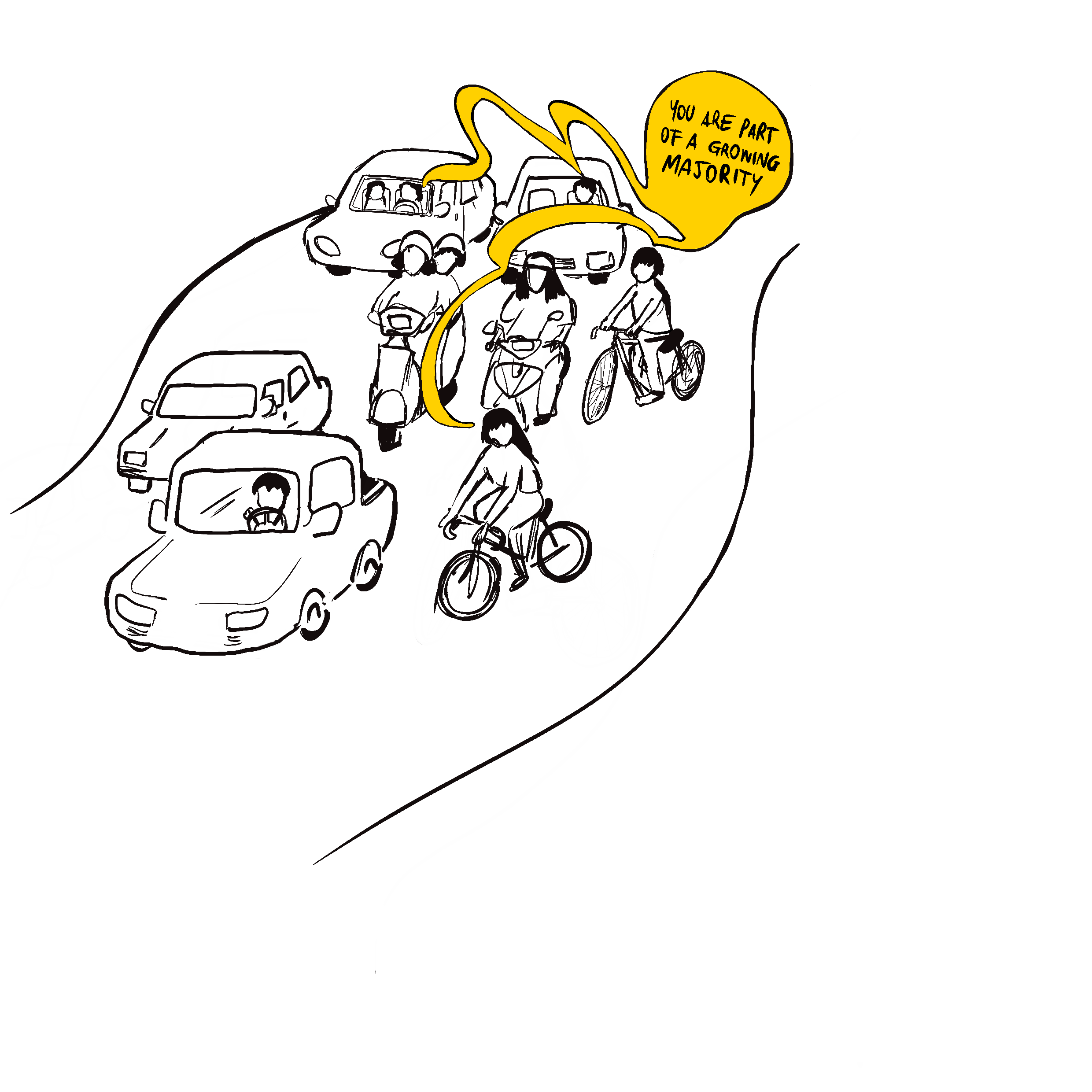
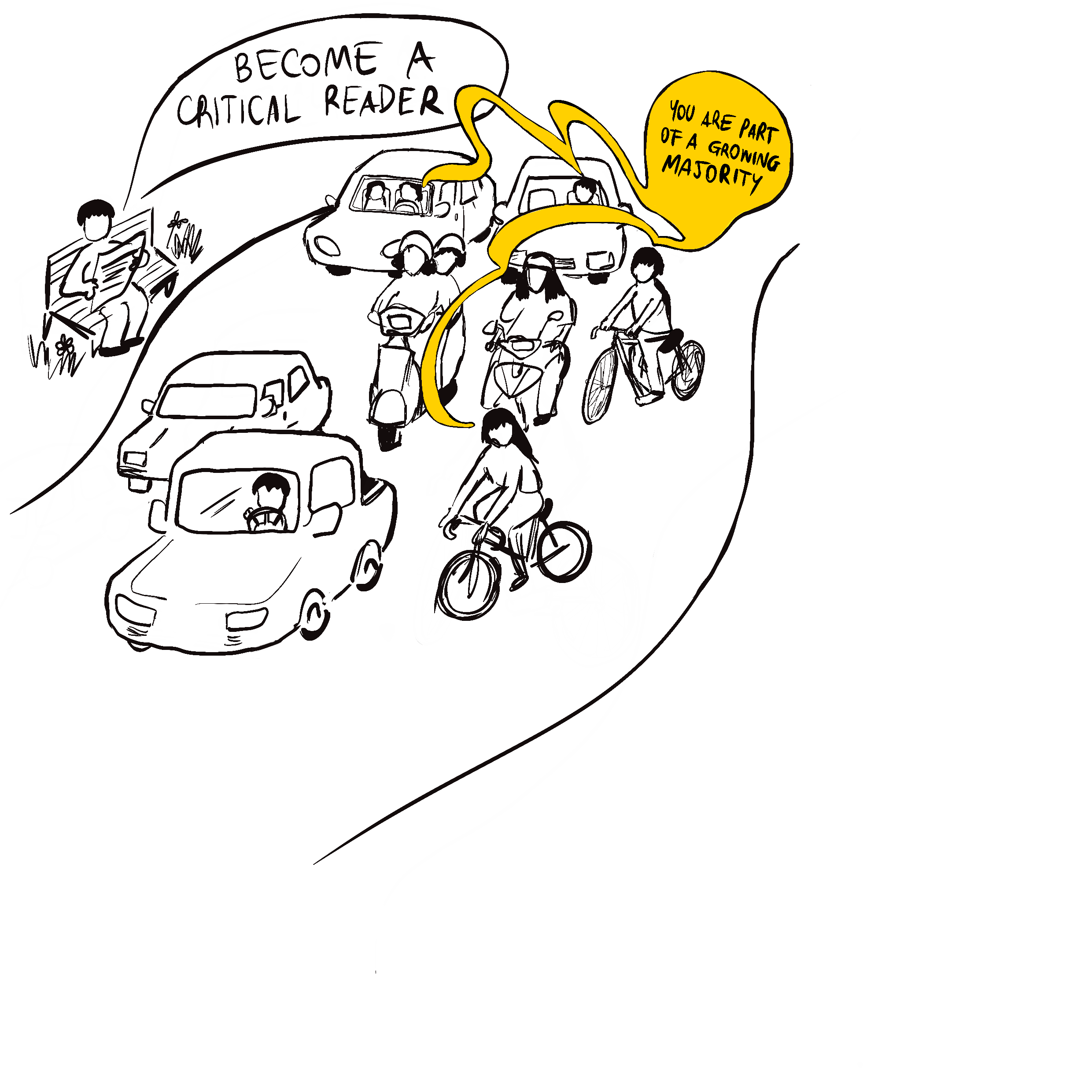
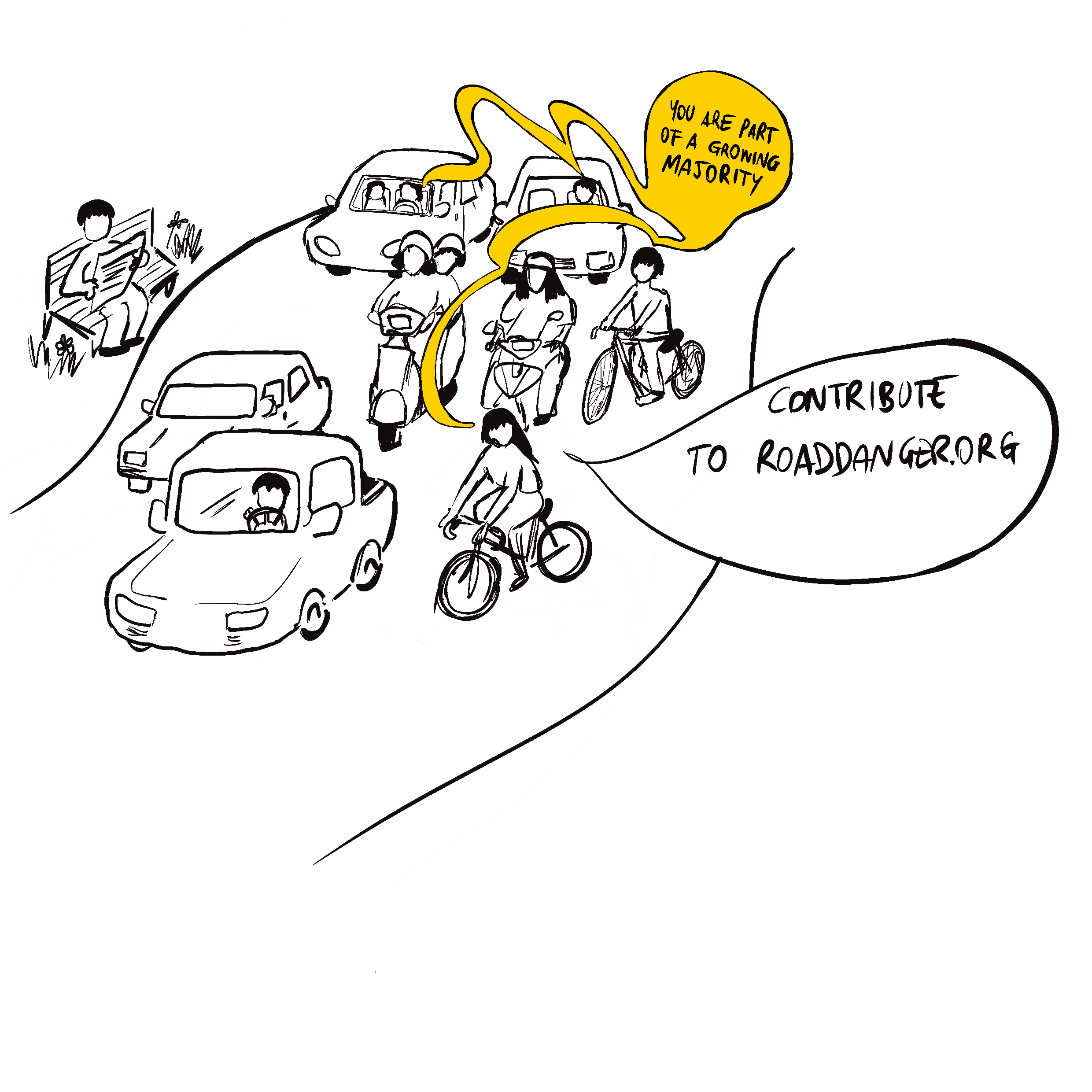

Now that you've explored how traffic crashes are framed in the media, there's something important you should know:
You're not alone in wanting safer streets.
A study Why do cars get a free ride? The social-ecological roots of motonormativity Ian Walker, Marco te Brömmelstroet found that most people privately support change but incorrectly assume they're in the minority.
When we each think we're alone in wanting safer streets, we're less likely to speak up.
This silence reinforces the status quo, even though most people actually want something different.
The good news?
You're already part of a growing majority!
But what can you do to make your voice heard?
Become a critical reader
When you see crash reporting, look for the five frames we've discussed. Share what you notice with friends and family to help others see these patterns too.
Contribute to roaddanger.org
Join our community of volunteers documenting media coverage of traffic crashes. Every submission helps build evidence for systemic change.
visit roaddanger.orgGet involved with local advocacy
Find groups in your area that are fighting for safer streets. Offer your time, skills, or resources to help them succeed.
Thank you for reading!
This website is part of the thesis project of students at the University of Amsterdam. For more information or questions, send us an email!
Try our tool to transform problematic headlines into
more balanced, human-centered alternatives: